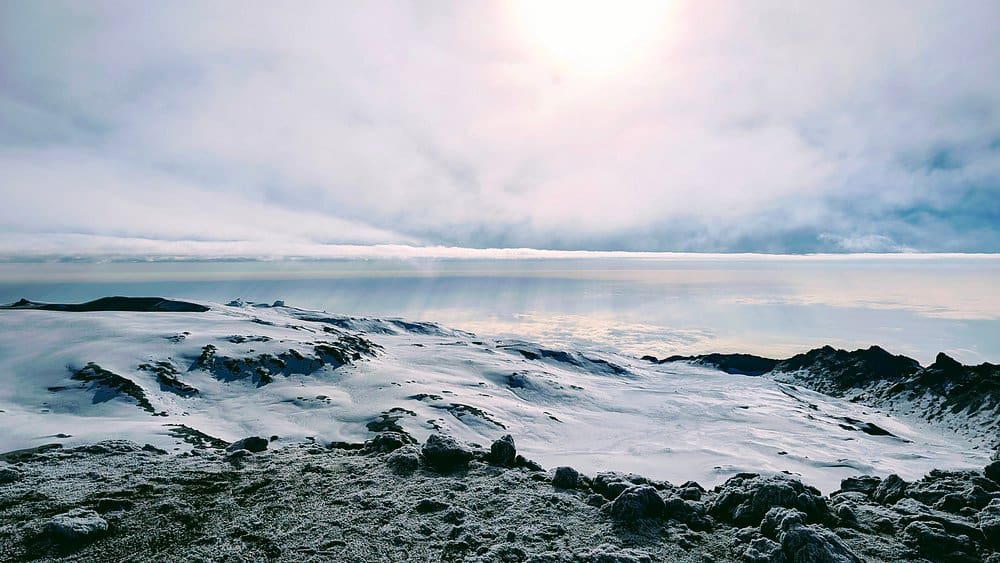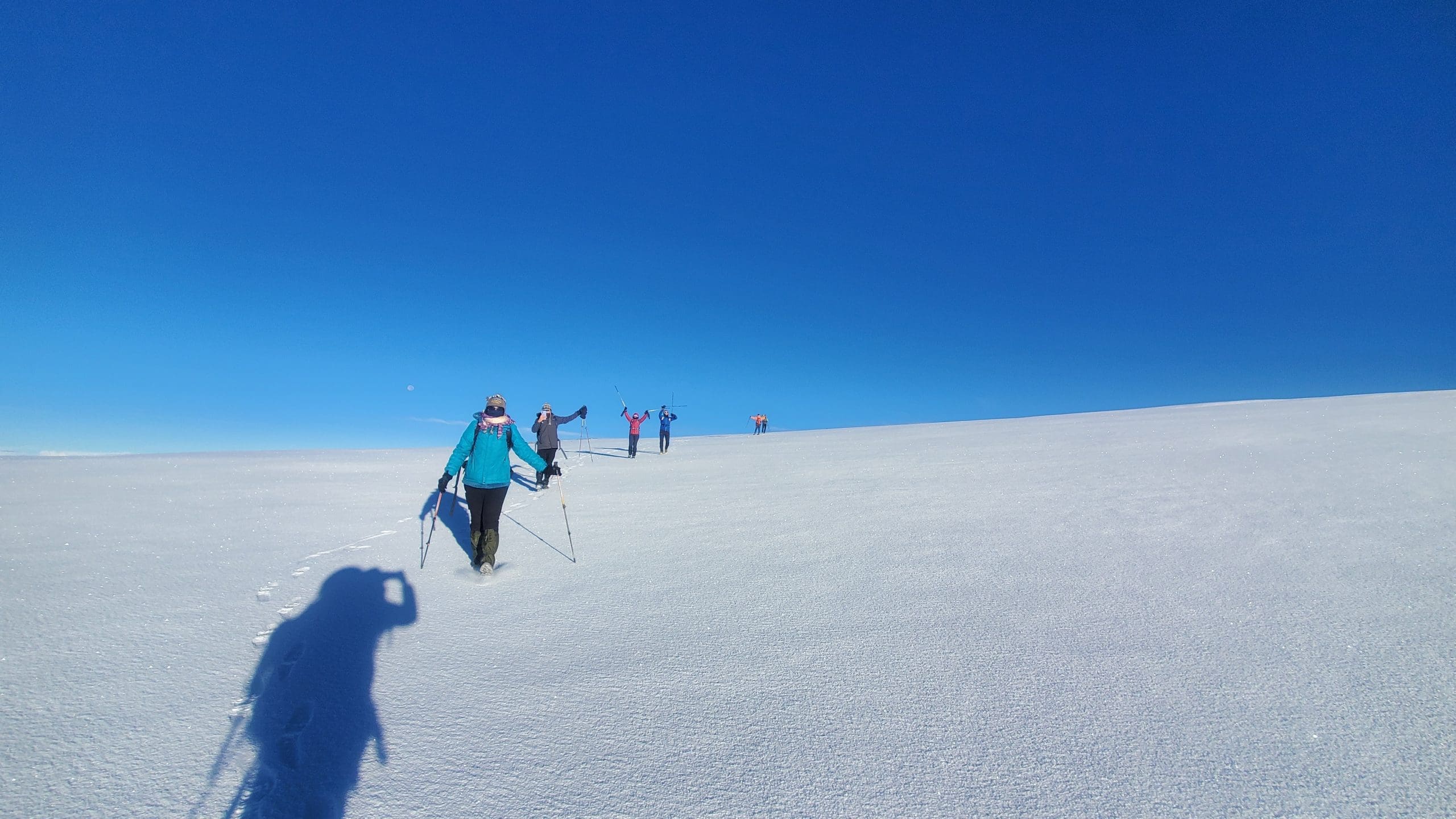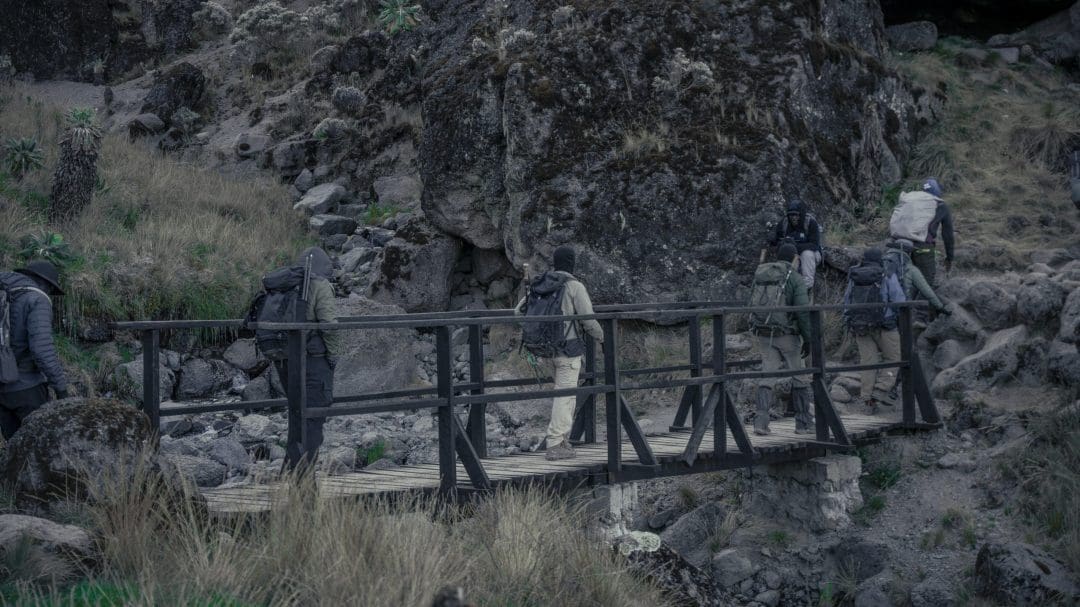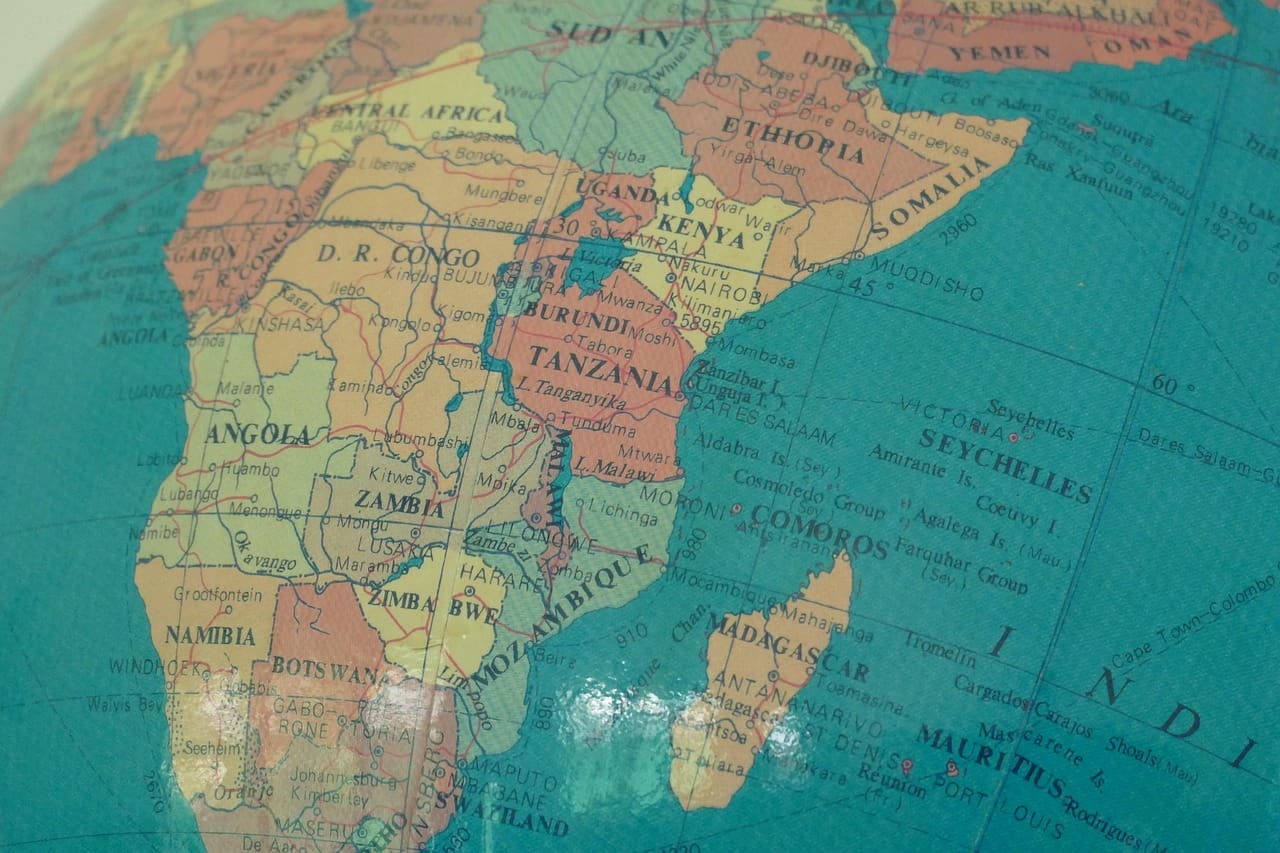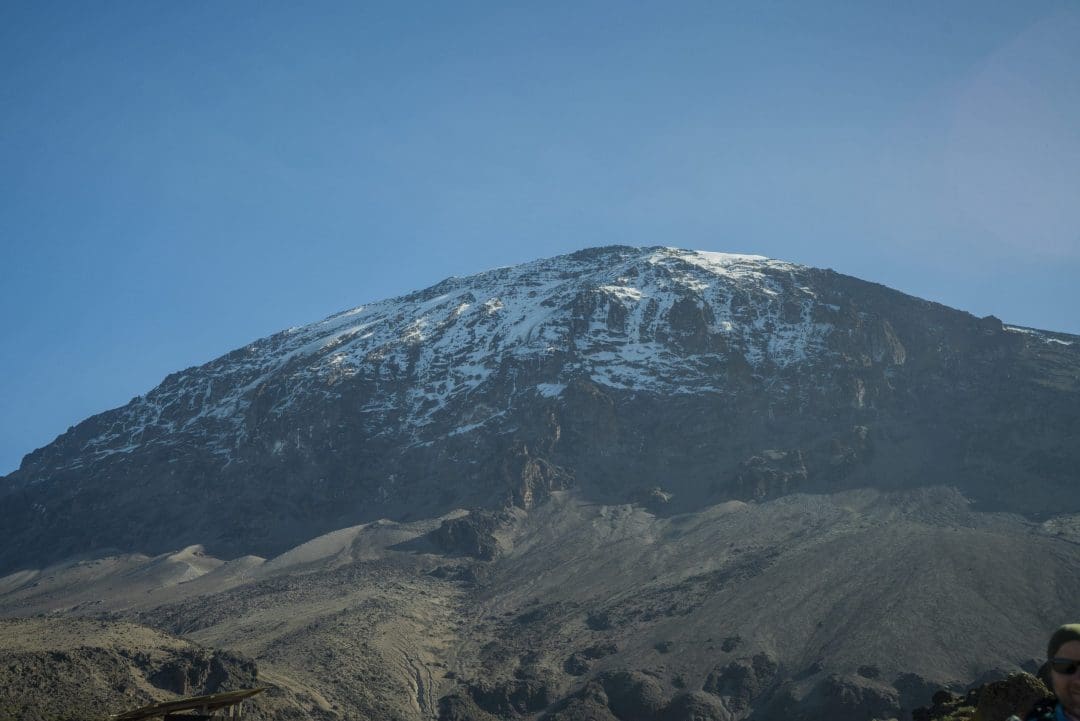Kilimanjaro attracts adventurers from all over the world. Its snowy peak stands tall in Tanzania and is more than just a mountain. Kilimanjaro’s meaning is derived chiefly from language, culture, and history. At Zara Tanzania Adventures, we are the premier choice for a one-of-a-kind tour experience. We will discuss the origin of our name and its unique position among other mountains in Africa
What Makes Mount Kilimanjaro Special?
Fun Fact: Kilimanjaro is also a dormant stratovolcano. It began forming over 750,000 years ago in East Africa. It has three volcanic cones: Kibo, Mawenzi, and Shira. Kibo is the tallest, with Uhuru Peak reaching 5,895 meters (19,341 feet), making it the continent’s highest point. This peak stands alone in Tanzania, near the border with Kenya.
It all began with the volcanic eruptions that shaped its form, giving rise to the famous landmark. Shira came first—the oldest—then Mawenzi and Kibo. Shira and Mawenzi are no longer active, but Kibo remains inactive, with its last eruption occurring approximately 360,000 years ago.
The mountain’s volcanic origin attracts tourists and climbers to explore its different environments, like lush rainforests and alpine deserts.
What Are the Theories About Kilimanjaro’s Name?
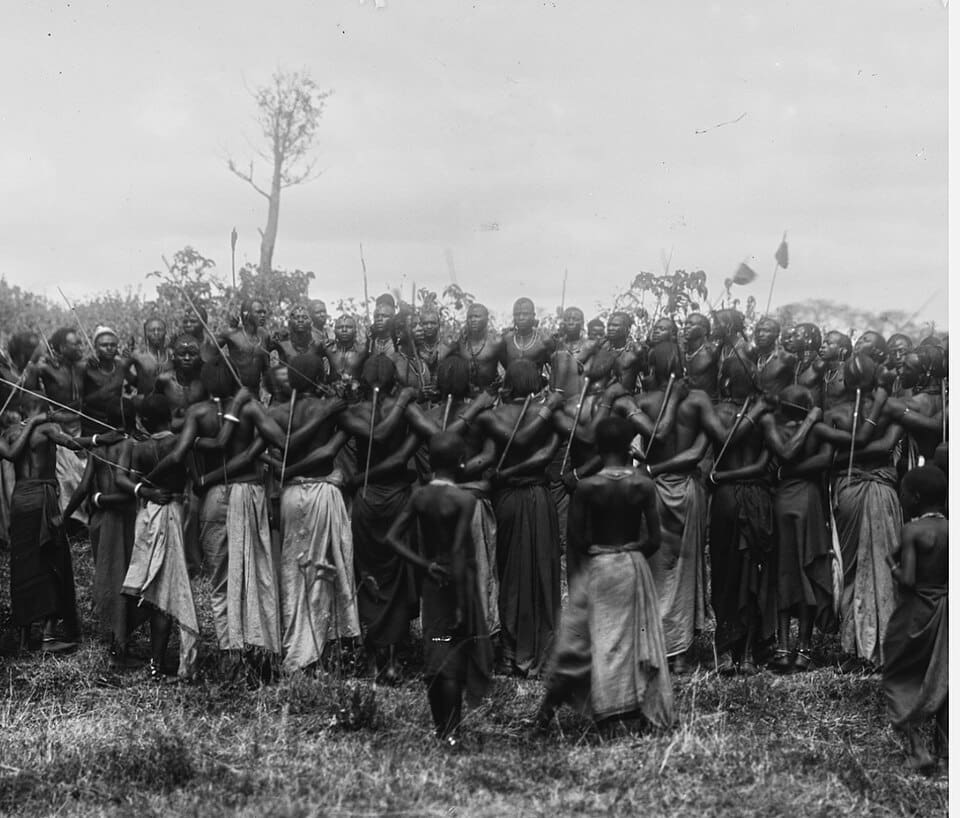
The meaning of Kilimanjaro is a puzzle. There’s no single or definite answer, but several theories offer ideas about the origin of the name. These ideas originate from the Swahili, Chagga, and Maasai languages, which reflect the region’s diverse cultural heritage.
1. Swahili Origins: Mountain of Whiteness
One theory suggests that Kilimanjaro originates from the Swahili word “kilima” (meaning “mountain”) and the Chagga word “njaro” (meaning “whiteness”). They refer to White Mountain together, which makes sense due to its top being covered by ice sheets. The Chagga people have lived on the highlands for a long time. They didn’t have a word for snow, so njaro probably meant the bright white they saw on the top.
2. Chagga Stories: Mountain That Stops Travelers
The Chagga people, native to the region, have their theory. Some think Kilimanjaro means Mountain Where Caravans Fail or Where Birds Cannot Fly. These names come from stories about an evil spirit named Njaro. People believed this spirit caused altitude sickness, which stopped early climbers from reaching their destination.
3. Maasai Influence: Mountain of Water
The Maasai people call it the Mountain of Water because it’s a key water source. Melted snow from the peak flows into rivers, helping to support farming, which is essential for the people living in the area. Proper preparation is key to overcoming the challenges of climbing, and staying aware of what to know before you go to Mount Kilimanjaro helps you make a successful climb.
What Historical Records Say
Old records add to the debate. Ptolemy of Alexandria wrote about a great snow mountain in East Africa in the 2nd century AD. By the 6th century, Arab traders wrote about a white mountain far inland. The strategic location of Mount Kilimanjaro, situated near the Tanzanian-Kenyan border, enhances its value as a regional landmark.
These stories support the ideas about shining or whiteness, which suggests that the snow was the reason for its name.
What Are the Key Moments in Kilimanjaro’s History?

Kilimanjaro’s history is as fascinating as its name. The mountain has shaped the region’s story, from old settlements to current climbs. Here’s a look at some of its milestones in history.
· Early Inhabitants and Their Culture
Like stone bowls from 1,000 BC, evidence suggests that people have inhabited the Kilimanjaro region for thousands of years. The Chagga people, who arrived approximately 400 years ago, believed the mountain was home to their god, Ruwa. They cultivated bananas and sweet potatoes on their fertile slopes and regarded banana groves as sacred burial places. Their spiritual link remains, with stories of evil spirits protecting the top.
· European Exploration and the First Ascent
Kilimanjaro gained recognition in the West in 1848 when German missionary Johannes Rebmann reported a snowy peak near the equator. People didn’t believe him, but in 1889, German geographer Hans Meyer and Austrian climbers Ludwig Purtscheller reached Kibo’s summit with Chagga climber Yohani Kinyala Lauwo as their guide. They called it Kaiser-Wilhelm-Spitze, which was later renamed Uhuru Peak in 1964 after Tanzania gained independence.
· Colonial Era and Modern Tourism
In the 1880s, Kilimanjaro became part of German East Africa and later came under British control. The mountain was a guide for traders and a symbol of resistance during colonial times. The national park, established in 1973 and designated a UNESCO World Heritage Site since 1987, preserves its unique environment. Approximately 30,000 to 50,000 climbers visit annually, drawn by the mountain’s exceptional views.
Comparing Kilimanjaro to Other African Peaks
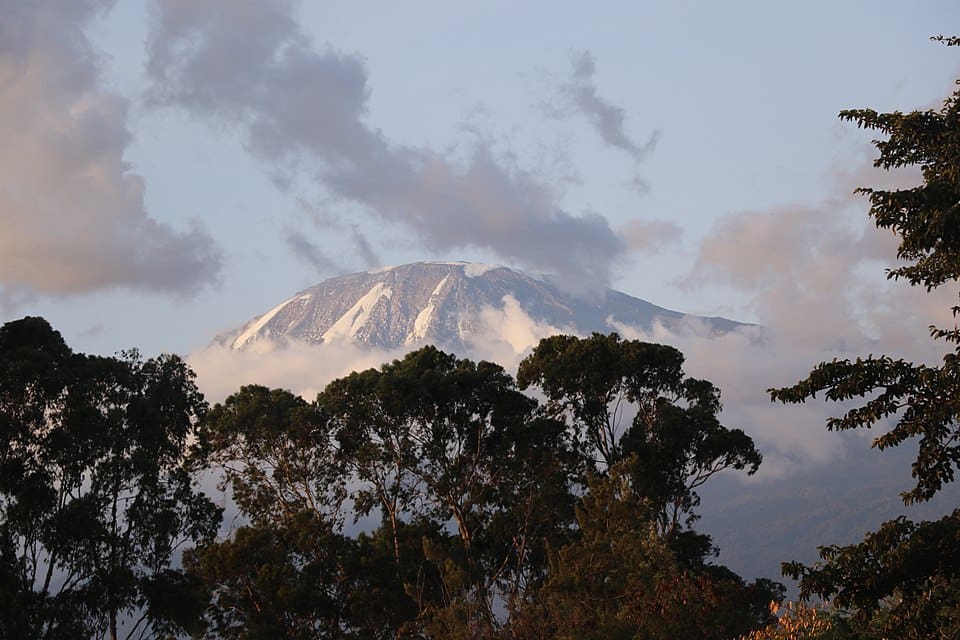
Kilimanjaro has a special spot among mountains in Africa. It’s the highest and also the tallest free-standing elevation. Unlike other peaks in the Himalayas, it stands alone above the savanna. Because it stands out, it serves as a symbol for both tourists and residents.
Kilimanjaro’s elevation is one of the unique things that attracts climbers. Its accessibility, however, requires no technical climbing skills, setting it apart from other major African peaks. Below is a comparison with other well-known mountains in Africa to highlight its unique characteristics:
Mountain | Height (Meters) | Location | Climbing Difficulty | Unique Features |
Mount Kilimanjaro | 5,895 | Tanzania, near the Kenyan border | Moderate (trekking, no technical skills) | Free-standing, three volcanic cones, Uhuru Peak |
Mount Kenya | 5,199 | Central Kenya | Technical (rock climbing required) | Jagged peaks, glaciers, and equatorial location |
Rwenzori Mountains | 5,109 | Uganda-DRC border | Technical (steep, icy routes) | Lush vegetation, permanent glaciers |
Mount Meru | 4,562 | Tanzania, but 60km apart | Moderate (trekking, some steep sections) | Less crowded |
Between 30,000 and 50,000 people attempt a climb annually, with about two-thirds reaching Uhuru Peak. Its non-technical routes, like Machame and Marangu, make it more accessible than Mount Kenya or the Rwenzoris, which demand specialized skills. The adventure of climbing Mount Kilimanjaro is a dream for many, and our trek packages are tailored to help you succeed.
Why the Name Meaning Matters to Travelers
Kilimanjaro’s meaning makes climbing more rewarding. It links climbers to the mountain’s history and culture. Suppose it means Shining Mountain or Mountain of Greatness, which lends the climb more purpose than just reaching the summit. It is also about knowing the Chagga people, the explorers who came before, and the mountain as a natural wonder.
Frequently Asked Questions
1. What does the name Kilimanjaro mean?
Kilimanjaro’s meaning is debated, but popular theories suggest it combines the Swahili kilima (mountain) and Chagga njaro (whiteness), meaning White Mountain. Other interpretations include Mountain of Greatness or Mountain Where Caravans Fail.
2. Who first climbed Mount Kilimanjaro?
In 1889, German geographer Hans Meyer, Austrian mountaineer Ludwig Purtscheller, and Chagga guide Yohani Kinyala Lauwo reached Kibo’s summit, now called Uhuru Peak.
3. Why is Kilimanjaro called the Roof of Africa?
Kilimanjaro is Africa’s highest peak at 5,895 meters, making it the continent’s “roof.” Its free-standing nature and iconic snow-capped summit add to its prominence among mountains in Africa.
4. Are Kilimanjaro’s glaciers disappearing?
Yes, studies confirm over 80% of Kilimanjaro’s glaciers have melted since 1912. Scientists predict they may disappear by 2050 due to climate change and deforestation.



